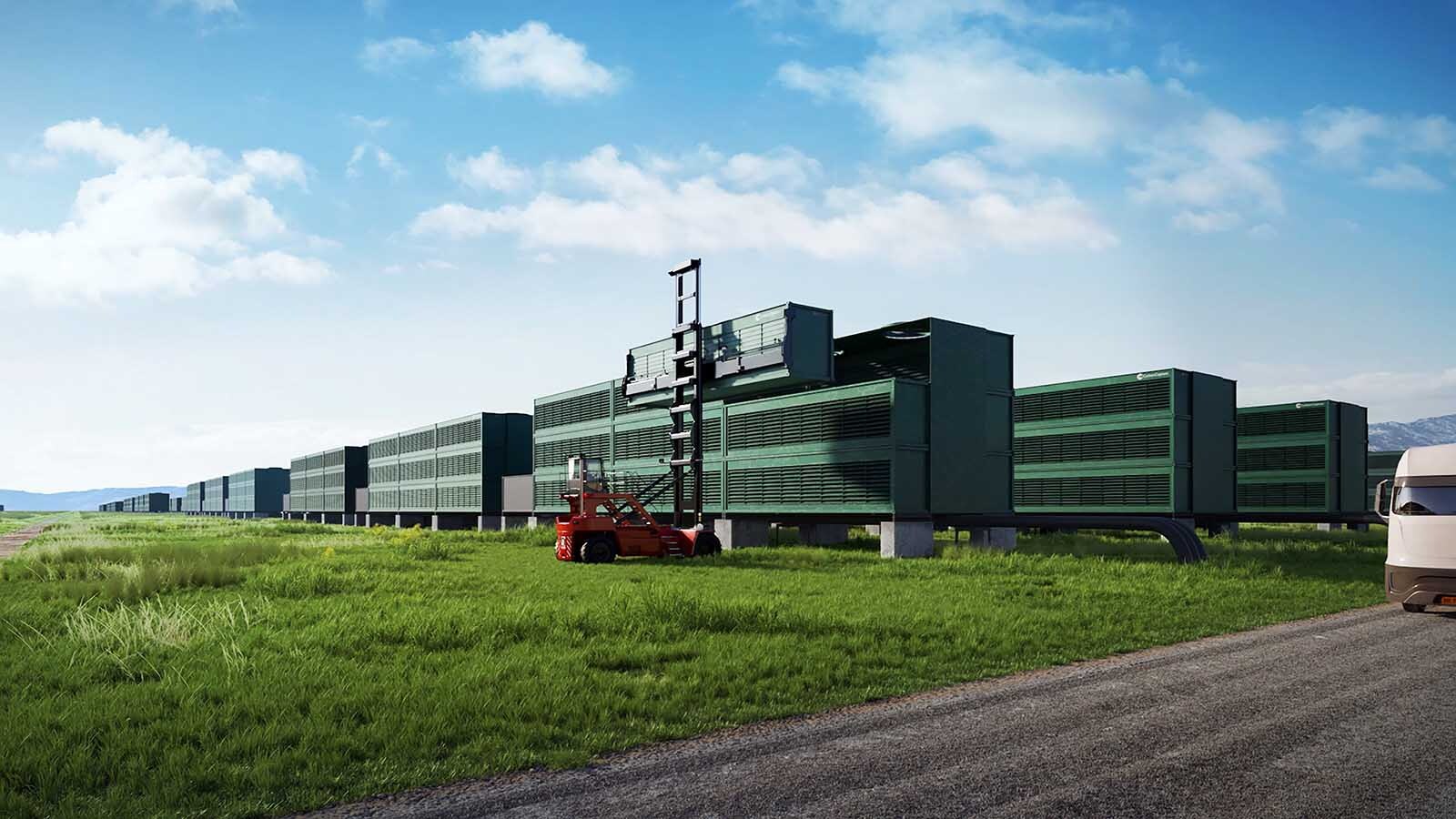mschwett
Well-Known Member
- Region
- USA
...
We would need another planet to provide first world consumption to 8 billion humans using wind and solar.
not even remotely true; the solar and wind footprint required is actually very small, far less than the amount of the world we've already paved over.
here's an interesting study on the subject. you can quibble with elements of the methodology but the orders of magnitude are clear.
what we need to continue making renewables a larger part of the energy solution is a better grid and more/better storage. these are not "if" problems, they're when problems. they will be figured out just as surely as we figured out an infrastructure to power a couple billion two ton vehicles roaming around the planet every day. but hopefully the new version won't destroy that same planet.





